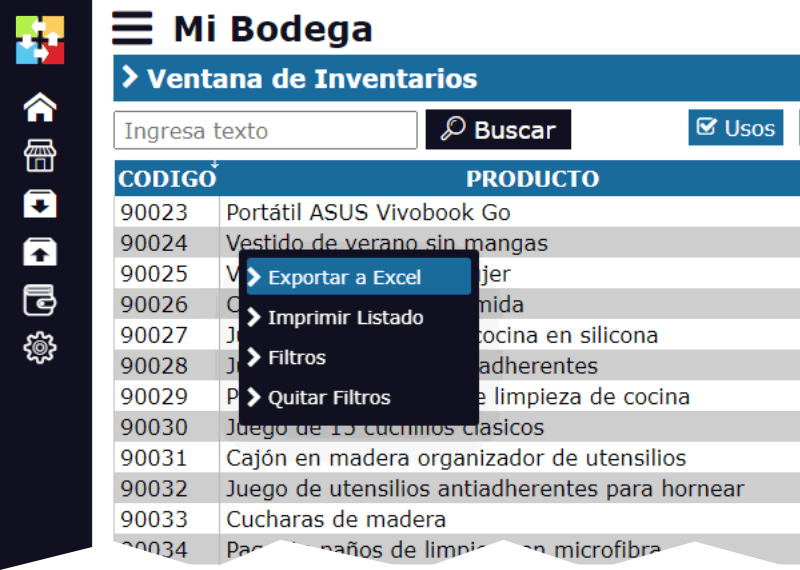Inventory control in multitemporal environments: Christmas, Cyber Monday and other peaks.
Inventory control in multi-temporal environments: Christmas, Cyber Monday and other peaks
Inventory control is a crucial aspect for any business that sells products. However, in multi-temporal environments, such as Christmas, Cyber Monday and other demand peaks, inventory control becomes even more complex and challenging. In this article, we will explore the strategies and techniques that can help businesses effectively manage their inventories in these multi-temporal environments.

What are multi-temporal environments?
Multi-temporal environments refer to periods of time in which the demand for products significantly increases due to specific events or holidays. These events can be Christmas, Cyber Monday, Independence Day, Thanksgiving, among others. In these periods, the demand for products can increase up to 50% or more compared to normal periods.
Challenges of inventory control in multi-temporal environments
Inventory control in multi-temporal environments presents several challenges, including:
- Unpredictable demand: The demand for products can vary significantly in these periods, making it difficult to predict the amount of products that will be needed.
- Product shortages: The high demand for products can cause inventory shortages, which can lead to lost sales and customer dissatisfaction.
- Additional costs: The increase in demand may require hiring additional staff, expanding storage capacity, and implementing more complex inventory management systems.
Strategies for inventory control in multi-temporal environments
Here are some strategies that can help businesses effectively manage their inventories in multi-temporal environments:
1. Analysis of historical demand
Analyzing historical demand for products in previous periods can help predict future demand and adjust inventory levels accordingly.
2. Implementation of inventory management systems
Inventory management systems can help track and manage inventory levels in real time, allowing businesses to make informed decisions about the amount of products needed.
3. Diversification of the supply chain
Diversifying the supply chain can help reduce the risk of product shortages and ensure that businesses have access to the products they need during periods of high demand.
4. Implementation of just-in-time inventory policies
Just-in-time inventory policies can help reduce storage costs and product obsolescence, as products are ordered and delivered just in time to meet demand.
5. Collaboration with suppliers
Collaborating with suppliers can help ensure that businesses have access to the products they need during periods of high demand and reduce the risk of product shortages.
Conclusion
Inventory control in multi-temporal environments is a complex challenge that requires careful planning and execution. By implementing strategies such as historical demand analysis, inventory management system implementation, supply chain diversification, just-in-time inventory policy implementation, and supplier collaboration, businesses can effectively manage their inventories and meet customer demand during periods of high demand.





